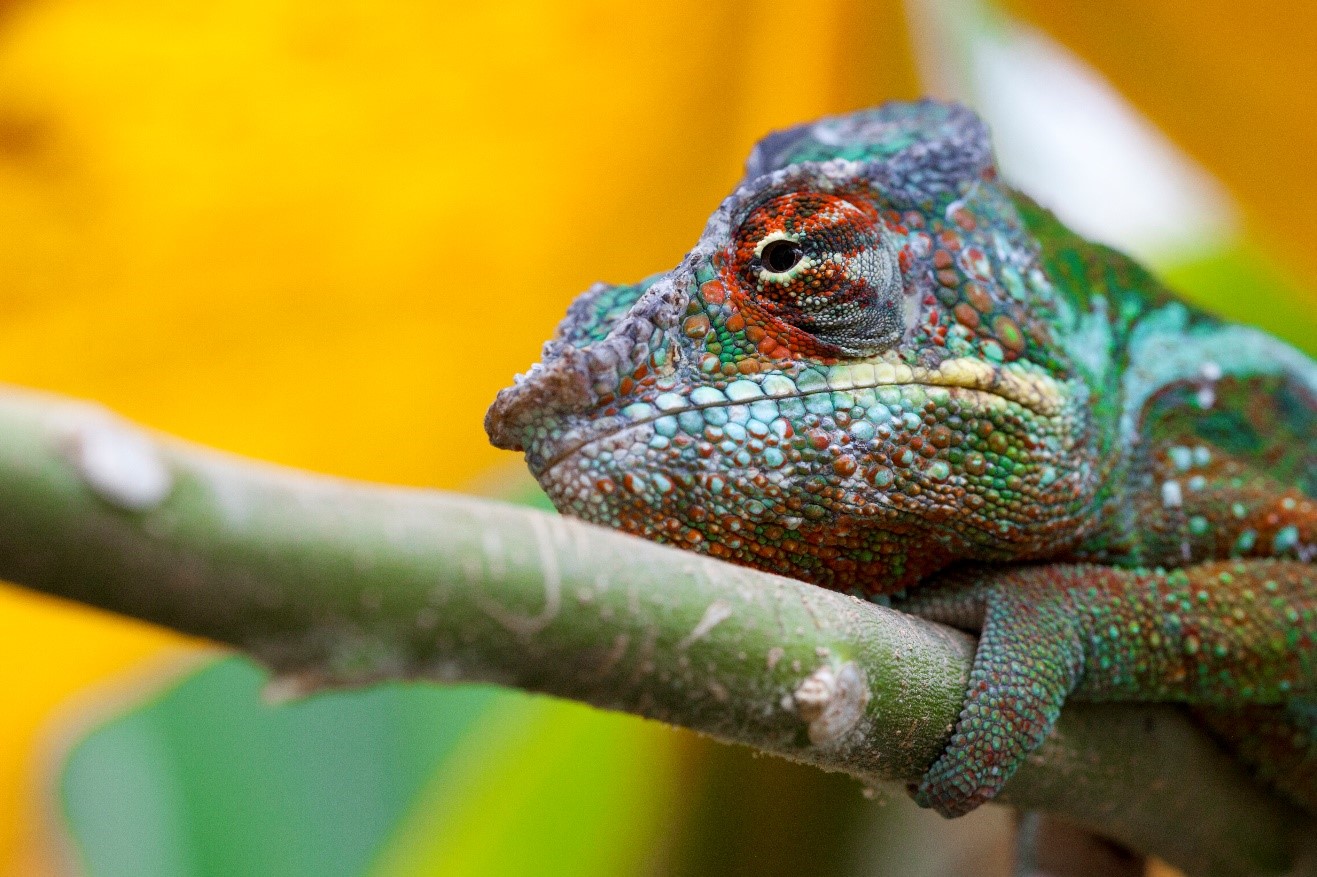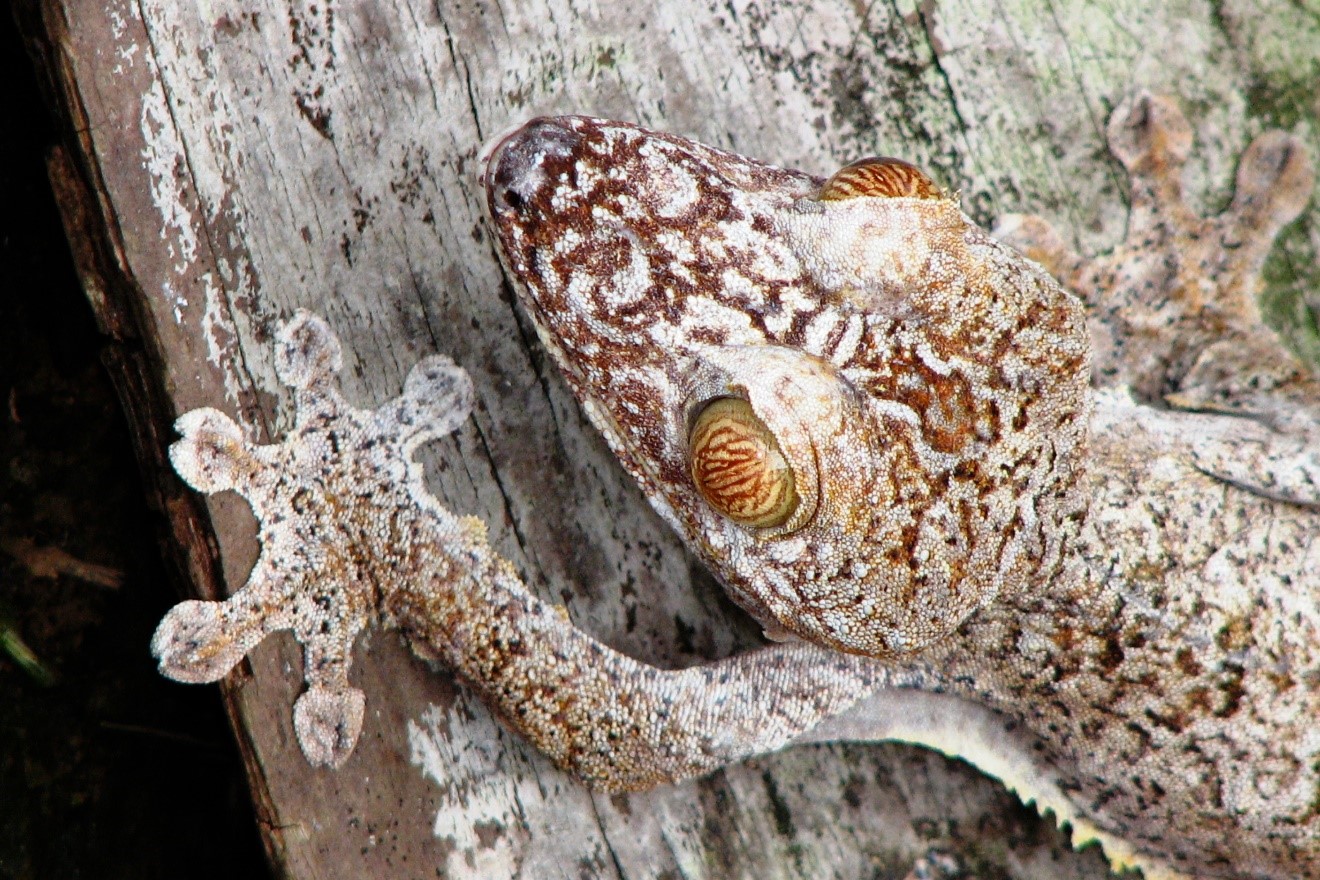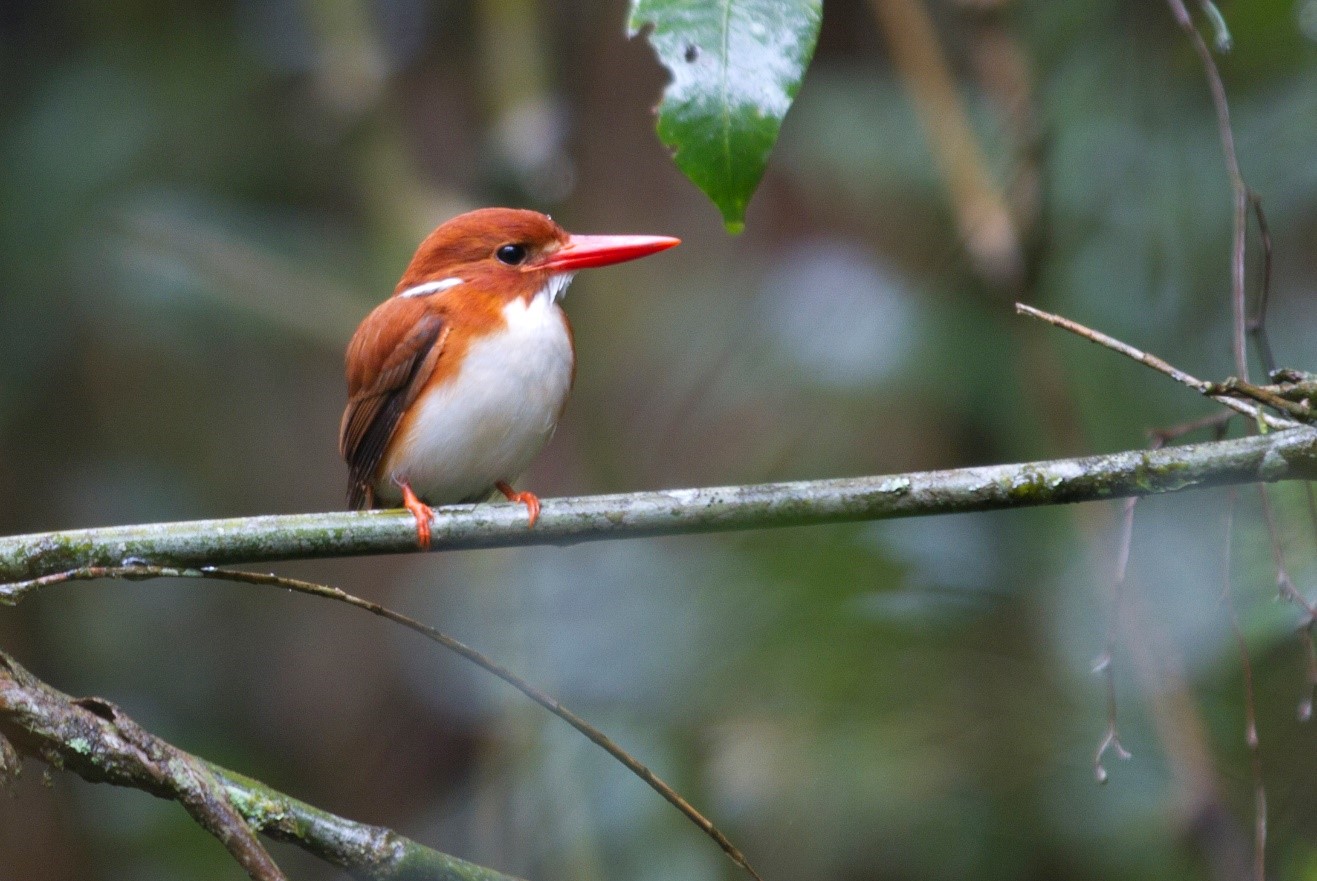
What’s in my Camera Bag? Madagascar Photo Adventure
I often call Madagascar a biological treasure chest, and for the wildlife photographer it might as well be a treasure chest full of diamonds. Between the uniqueness of everything you’ll see, the proximity to extraordinary animals, and the remarkable tameness of amazing critters like lemurs, chameleons, reptiles, and even birds, it’s a place that should be on every wildlife and nature photographer’s list.
If you’re headed to Madagascar at some point, which I hope you are, make sure you have the right gear to get photos of a lifetime.
Please note, photographic styles vary, as do conditions on the ground. While this is meant to be a guide for choosing your camera gear, you should consider your own photographic interests first and foremost.
Ultra-wide angle
I often put this category of lens in an “x factor” designation, as it generally isn’t critical, but it can give you extremely unique shots. And I’ll say the same thing with packing for Madagascar…not critical, but if you have your favorite 10-22mm (for crop frames) or 14-24mm, 16-35mm, or 17-40mm (for full frames), it’s a really nice lens to have along. It will mostly come in handy for general travel shots and landscape shots, but sometimes with more patient wildlife you can get great “ultra wide” photos of animals, too. Again, though, bring it primarily for the sweeping landscapes.

Wide-angle zoom
I often refer to this as your “walking around lens” because I usually start any day off with this as I’m walking around. It’s also the ideal lens if you are just walking around a natural area, village, or heck, even a city. These are your 24-105mm, 24-70mm (for full frame) or 18-55mm (crop frame) lenses, which, not coincidentally, usually come with camera kits when you buy them. It’s hard to go anywhere without one of these, and Madagascar is no exception. This is also your “general landscape lens” that will capture sunsets, vistas, and can even be used as a macro lens in a pinch (see my How to Shoot Macro without a Macro Lens post for more on this).

Zoom telephoto
This category of lenses is indispensable for wildlife photography adventures. However, what you choose to go with can be quite variable. Do you go for a powerhouse like a 100-400mm lens, at the expense of an “average” aperture like f/4.5-5.6? Or, do you go for less telephoto power, but having a great big aperture like the classic 70-200 f/2.8? Well, you’re not going to like the answer, but your best bet is BOTH. That’s right…you can’t get away with only a 70-200mm, but for those shot when you can shoot at 200mm and f/2.8 to get the shot you want, that lens and its awesome aperture is going to serve you very well. And then on the other side, you’ll need something with at least 300mm, and better yet 400mm for those times when you either want to fill the frame with the animal, or the lemur is just out of reach for your 200mm.
If you can only bring one, I think you’ll need the 300mm or 400mm range. Fortunately, for those times when you do have low light (which can happen frequently in rain forest and cloud forest settings), modern cameras have great ISO capabilities to push the envelope on successful shooting in variable light conditions.
To summarize, you must have one of these along, and try to get it as versatile as you can…meaning good range, good telephoto, and decent aperture if possible. If you’re on a specialized photo trip, you may indeed want to consider your 70-200mm, along with a more versatile zoom telephoto for the best possible results.

Super telephoto
I generally think of big prime lenses when I think of SUPER telephotos. In this case, it’d be your 400mm f/2.8, 500mm f/4 or even the 600mm f/4. Gosh, it’s a hard call on this one. On one hand, the more telephoto you have, the more shots you’re going to get. But are you, really? The downside of these lenses is that you instantly can’t bring as many other lens options with you because of size and weight. So, if you’re going to bring one of these big guys, plan on getting some awesome shots, but being quite a bit less versatile. You’ll also have to lug around a tripod, which can be cumbersome while on narrow trails in dense foliage. For reference, I was able to get the above fill-the-frame shot of the lemur’s face with a 100-400mm on a full-frame camera quite easily.
At the end of the day, they could be nice, but I will always opt to have the above “normal” telephoto combo I talked about in place of one of these big guys for Madagascar (mainland Africa is a whole different story).
Macro lens
There are few places in the world more magnificent for macro photography than Madagascar. You don’t have to bring a macro lens, but if you have one (and preferably a macro flash, too) you will be rewarded. Something yielding a normal macro range like a 60mm or 100mm macro is great. The only downside is that between this lens and an accompanying flash, you are taking up valuable room in your pack. Nevertheless, if you like macro, or aspire to like macro, it’s highly recommended for Madagascar.

X-factor lenses
There is no “go to” x-factor lens for Madagascar. Rather, there is a choice between all x-factor lenses out there. If you’re not familiar with what an x-factor lens is, take a look at my article on X-Factor Lenses.
For many places in the world I’ll leave my macro lens or ultra-wide at home in favor of something like a 50mm f/1.4, for interesting street photography. However, for Madagascar, there’s no way I’m leaving my macro at home, and an ultra-wide can be really great. Thus, I usually leave my 50mm f/1.4 at home in place of one or both of my other x-factor lenses.
My top choice for an x-factor lens? Macro all the way…
Tripod
If you know me and my photographic style, I’m on the side of the fence against tripods when they’re not absolutely necessary. And considering they aren’t necessary for about 85-90% of this madagascar trip, I will rarely bring a full-size tripod. HOWEVER, this is a great time to bring a very small travel tripod (like a gorilla pod) to whip out a couple times. Maybe it’s a long exposure shot of moving water, or star photos in Isalo…neat to have if you are a tripod person, but leave it at home if you’re not.
Flashes
Generally speaking flashes aren’t appropriate for lemur photography as they’ll spook the animals quite quickly. And plus, it makes for a pretty unnatural-looking scene. However, for macro photography, it’s great to have a little extra light. Thus, bringing a small flash, or better yet a macro flash, could be advisable if you don’t have a flash on-camera. But large flashes for bird photography or similar aren’t going to fly. And remember, natural lighting is often best anyways.

Other Accessories
Be sure to bring LOTS of extra memory, as you’re going to take a lot of photos. That’s a good thing, right!?
But other than that, you may wish to consider bringing a Neutral Density filter, as there will be several times over the course of the trip to take long exposures in daylight conditions.
A photographic adventure to Madagascar is no doubt going to be one of the pinnacles of your photographic career—leave me a comment below if you have specific questions and I’ll do my best to answer!
Cheers,

Court
Leave a reply